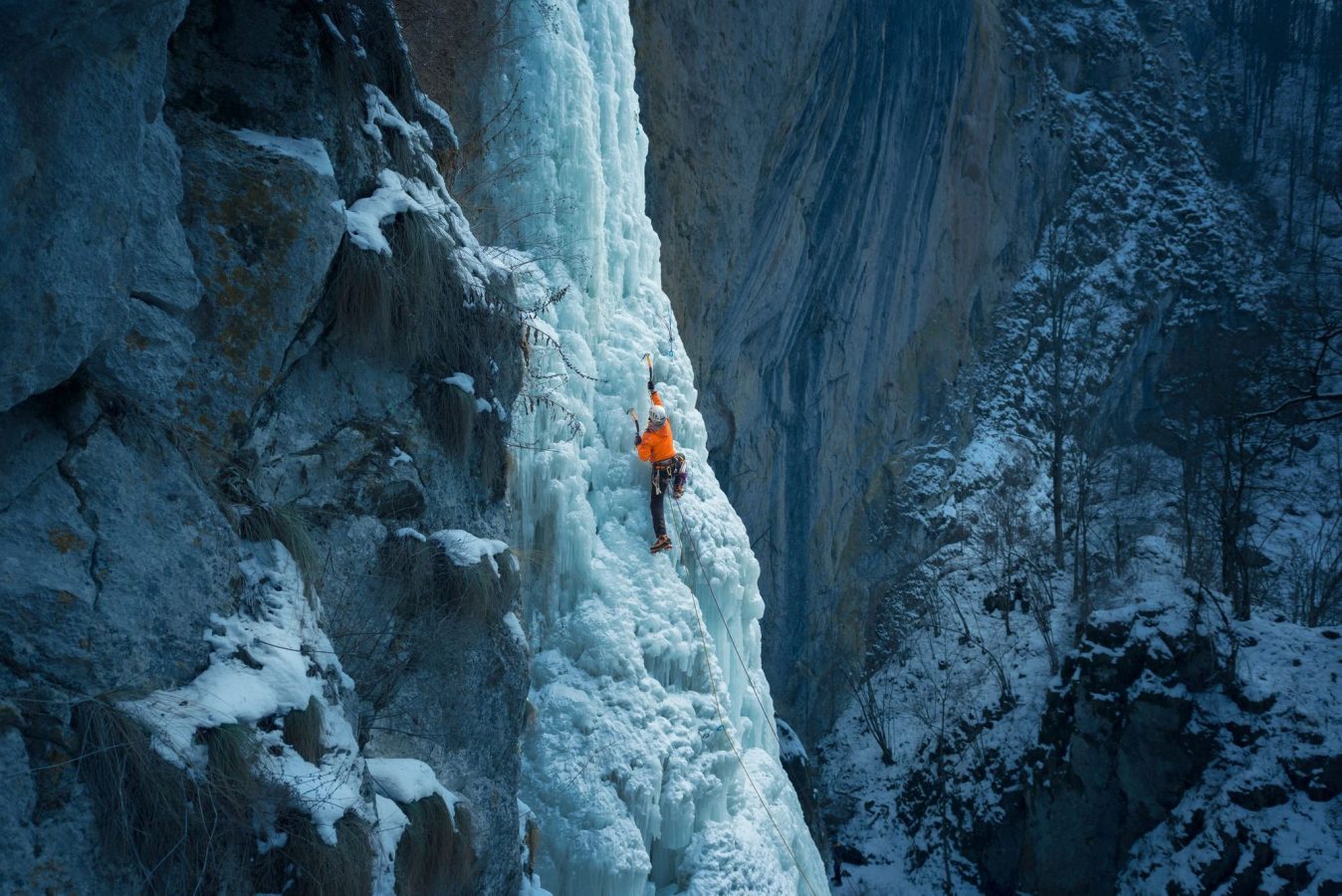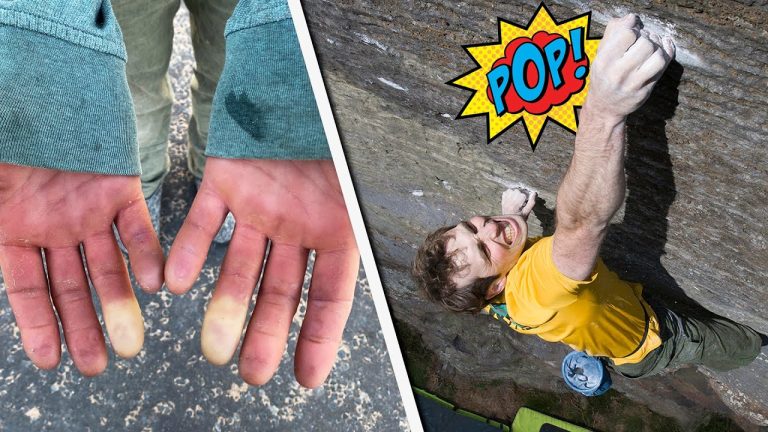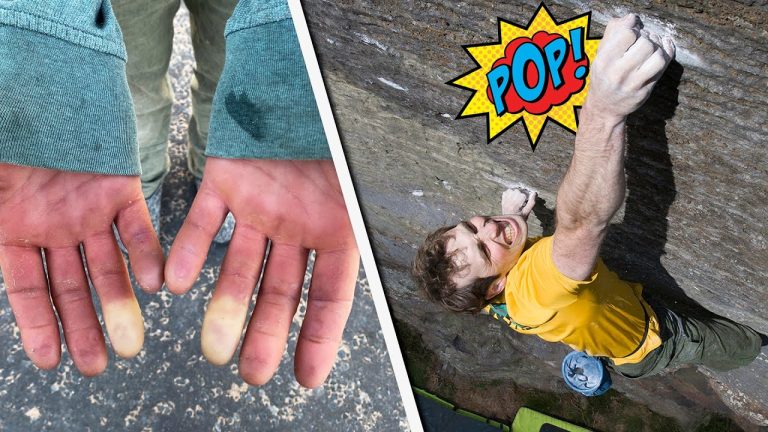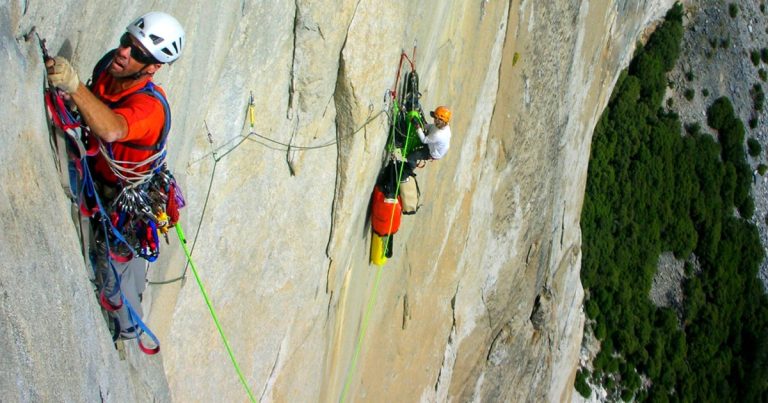Master These 7 Ice Climbing Techniques for a Safe Ascent
Introduction to Ice Climbing
Ice climbing is a thrilling and challenging outdoor pursuit that combines elements of both rock climbing and mountaineering. It involves ascending various types of ice formations, such as frozen waterfalls, icefalls, and ice-covered rocks. This exciting sport requires a unique skill set and specialized equipment, making it an incredible experience for adventurers and adrenaline-seekers.
Essential Equipment
To start ice climbing, you’ll need specific gear designed to handle the harsh conditions and slippery surfaces of the ice. Let’s take a look at the essential equipment for ice climbing:
Ice Axes
Ice axes are essential tools for ice climbing. They come in various lengths and shapes, depending on the type of climbing you’ll be doing. A good ice axe should have a sharp pick, a strong shaft, and a comfortable grip to ensure stability and safety during your climb.
Crampons
Crampons are metal spikes attached to your boots to provide traction on ice. They come in different styles and configurations, with some designed for general mountaineering and others specifically for ice climbing. A good pair of crampons should fit snugly on your boots and have adjustable straps for a secure fit.
Climbing Ropes
Climbing ropes are crucial for safety during ice climbing. They are used for belaying, rappelling, and securing the climber in case of a fall. Dynamic ropes, which stretch under load, are recommended for ice climbing to help absorb the force of a fall.
Protective Gear
Helmets, harnesses, and ice screws are essential for safety during ice climbing. A helmet protects your head from falling ice, while a harness connects you to the rope and anchor points. Ice screws are used to create anchor points in the ice, allowing you to secure your rope and climb safely.
Basic Ice Climbing Techniques
There are several fundamental techniques used in ice climbing to help you ascend the ice efficiently and safely. Here are three common methods:
The French Technique
The French Technique, also known as “flat-footing,” involves walking up the ice with your feet flat on the surface, using your crampons for traction. This method is best suited for low-angle terrain and requires less energy than other techniques.
The German Technique
The German Technique, or “front-pointing,” involves kicking the front points of your crampons into the ice and using your ice axes for balance and support. This technique is more aggressive than the French Technique and is better suited for steeper, vertical ice.
The Hybrid Technique
The Hybrid Technique combines elements of both the French and German Techniques. It involves using one foot flat on the ice (French Technique) and the other foot front-pointing (German Technique). This approach allows for greater flexibility and adaptability to varying ice conditions and angles.
Advanced Techniques and Skills
As you progress in your ice climbing journey, you’ll encounter more challenging terrain that requires advanced skills and techniques. Here are a few advanced ice climbing methods:
Mixed Climbing
Mixed climbing involves ascending routes that feature both ice and rock sections. This type of climbing requires the climber to switch between ice climbing techniques and rock climbing techniques seamlessly. Mixed climbing demands excellent footwork, balance, and strength.
Dry Tooling
Dry tooling is a technique used to climb rock sections using ice axes and crampons, without the presence of ice. This technique is common in mixed climbing and requires climbers to use their ice tools creatively to find holds and make upward progress.
Multi-Pitch Climbing
Multi-pitch climbing involves ascending long routes that are divided into multiple sections, or “pitches.” After completing each pitch, the climbers must set up belay stations to secure themselves and their partners. Multi-pitch ice climbing requires strong rope management skills, efficient climbing techniques, and excellent communication between partners.
Safety Tips and Considerations
Ice climbing can be a dangerous sport, so it’s crucial to take safety precautions and be aware of potential hazards. Here are some safety tips to consider:
- Always wear a helmet to protect your head from falling ice and other debris.
- Regularly inspect your gear for signs of wear and replace any damaged equipment.
- Climb with a knowledgeable and experienced partner who can provide guidance and support.
- Learn proper techniques for placing ice screws and setting up anchors to ensure a secure climbing experience.
- Be aware of changing weather conditions, as ice conditions can change rapidly.
Conclusion
Ice climbing is an exhilarating and challenging sport that offers unique opportunities for adventure and personal growth. By mastering basic techniques and progressing to advanced skills, you can enjoy the thrill of ascending frozen landscapes safely and efficiently. Remember to use the appropriate equipment, practice safety precautions, and never stop learning to improve your ice climbing experience.
FAQs
- What is the best time of year for ice climbing?
The best time for ice climbing varies depending on the location, but it typically occurs during the colder months when temperatures remain consistently below freezing. This ensures that ice formations are stable and safe for climbing.
- Can beginners try ice climbing?
Yes, beginners can try ice climbing with the guidance of experienced climbers or by taking courses from certified instructors. It’s essential to learn the proper techniques and safety measures before attempting ice climbs.
- How do I choose the right ice axe for my needs?
The choice of an ice axe depends on the type of climbing you plan to do. For general mountaineering and low-angle ice, a straight-shafted ice axe is suitable. For steep ice and mixed climbing, a more aggressive, curved-shafted ice tool is preferable.
- What is the difference between mountaineering and ice climbing?
Mountaineering involves climbing mountains, which may include sections of ice, snow, and rock. Ice climbing, on the other hand, focuses specifically on ascending ice formations such as frozen waterfalls and ice-covered rocks.
- How can I improve my ice climbing skills?
To improve your ice climbing skills, practice regularly on various types of ice and terrain, seek guidance from experienced climbers or take advanced courses, and stay informed about new techniques and equipment developments in the ice climbing community.




